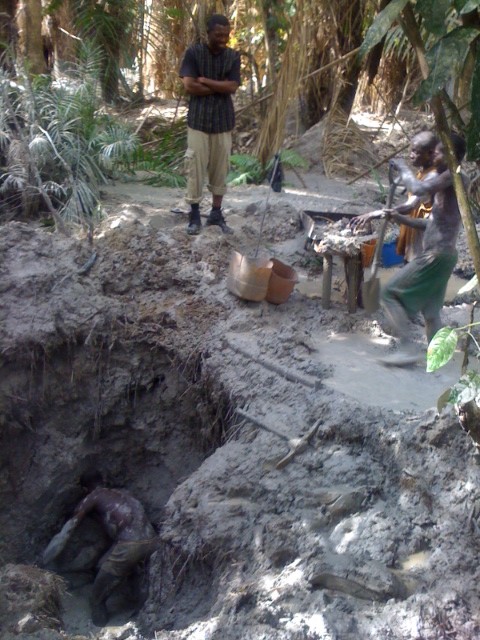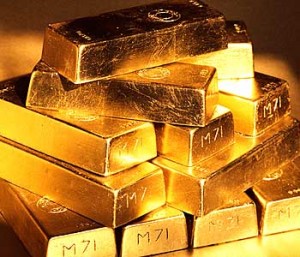 If you are in the metal fabrication industry, Michael Tellinger might argue that you need to learn about him. He is none other than the organizer of South Africa’s first UFO Science and Consciousness Conference, which was held only a week or so ago in Johannesburg. Michael Tellinger might be described as the “Consciousness” part of the conference, since he seems to have an ability to just “know” random and completely unfounded “facts” without needing or even thinking about supplying the slightest iota of evidence to back up his own bizarre statements. In other words, he isn’t letting science get in the way of his conclusions at all.
If you are in the metal fabrication industry, Michael Tellinger might argue that you need to learn about him. He is none other than the organizer of South Africa’s first UFO Science and Consciousness Conference, which was held only a week or so ago in Johannesburg. Michael Tellinger might be described as the “Consciousness” part of the conference, since he seems to have an ability to just “know” random and completely unfounded “facts” without needing or even thinking about supplying the slightest iota of evidence to back up his own bizarre statements. In other words, he isn’t letting science get in the way of his conclusions at all.
Without offering any proof whatsoever, Michael has stated that he knows not only why aliens have been interested in Planet Earth for the last 300,000 years or so, but also what types of interactions they have had with Earth’s governments. And here’s how it connects to the metal fabrication industry: in the World According To Michael, he is the world’s foremost authority on Gold. He says that gold is not only the lure for aliens to this planet, but it is actually the reason we humans were created in the first place. Furthermore, aliens are to blame for the scarcity of this precious metal on our planet, and they have also been directly involved in lots of government-run transactions for the stuff. Here’s what he told the South African news station News 24: “There’s a battle for Earth by some interesting dark forces. All the governments in the world are puppets and instruments to implement the will of a small group of individals. The royal political bloodline [of aliens or humans?] goes back thousands of years”.
But that’s not all. Mikey claims that our own obsession with gold is a reminder encoded our DNA of our own genetic roots as Alien Spawn. In fact, when the aliens first same here in search of gold 300,000 years ago, they cloned themselves and – ta-daa – humankind was invented. Ever since then, they have controlled us and been in continuous contact with world leaders.
Another speaker at the conference was Laura Eisenhower, who claims she is the great-granddaughter of president Dwight Eisenhower. According to her, treaties between aliens and world leaders have been signed every decade. She told News 24 that “aliens have been working with governments for a while”.
Again, thanks to the “Consciousness” aspect of the conference, no proof was offered for any of these statements. So I suppose we are supposed to conclude from this that not only are aliens the most tenured government workers of all, but they are to blame for having stolen all of our gold, mismanaging politics and banks to create a global recession, and yet they are so smart that they have managed to do all of this (including signing treaties) without leaving behind a single shred of physical evidence.
Honestly, I hope the people who organized this conference get abducted when the aliens make official contact with us in 2012. I think we’d all benefit from that.



